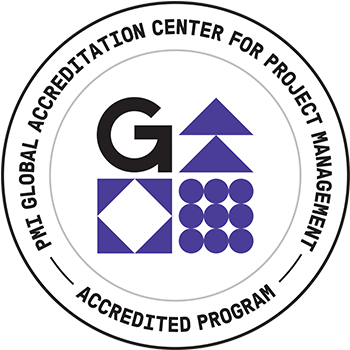
Paper and Presentation: Project Selection Technique Utilizing Decision Science in Portfolio Management
Abstract: Project portfolio management (PPM) is a methodology used to optimize project portfolio. PPM is a widely adopted technique in large- and small-scale industries. In this paper we will be focusing on the application of PPM in the construction industry and we will discuss and share best practices which could be adopted in PPM utilizing decision science. PPM must align with company’s strategic goals, as it helps in making informed decision on investment plans due to varying levels of risk, resource requirements, and interaction amongst the proposed projects. With these areas of PPM as our focus, we will also discuss how to utilize, improve, and optimize commonly available resources to implement decision science in PPM.
Factors affecting project portfolio management:
A standout amongst the most widely recognized factors affecting project portfolio management in the construction industry is the project delivery system (PDS). PDS can be defined as a process or sequence of assigning or defining responsibility. In Simple terms, a PDS could also be explained as the arrangement of the contracts amongst the various entities that participate in construction (Owner, Designer and Builder). There are various forms of PDS, and each form can be evaluated in terms risk, return, and resource requirements that are particular to each project. In this case study, we will focus on two major project delivery systems; Design-Bid-Build (D-B-B) and Design-Build (D-B). In D-B-B the Owner holds a separate contract with the Designer and with the Builder and the owner is at the risk for any design omissions. In the D-B delivery system the Owner holds a single contract with the Builder and the Builder retains the Designer. Some Owner prefers using D-B as their PDS, because it reduces the risk of performance error and increases quality through the assumption of full responsibility for design and construction by a single entity. Not only does this simplify the process, but it also transfers the design risk to the D-B. Because of this risk transfer Builder’s typically command higher fees for D-B as compared to D-B-B contracts. The two major PDS will be analyzed from the Builder’s perspective regarding three factors; Return, Resources, and Risk.
Factors in PPM D-B-BD-B:
Return on Investment Low High to Moderate
Resource Requirements No pre-con service required Pre-con service is required during the design phase
Risk Assessment Low risk-low builder fees Moderate to high risk- High builder fees
Case Study:
XYZ Construction Company is a Builder/General Contractor which was established in 2005. This firm specializes in building commercial construction projects (office buildings, sports facilities, etc.). Its current revenue is $650 million and is targeting to grow to $1 Billion within next 5 years. Using its historical data XYZ company created a 5-year strategy to grow, shortlisted a pipeline of work in which they are interested and have expertise in the same sector, and the decisions were made considering each of these factors (risk, return, and resources). XYZ’s leadership hired a third-party consultant to review their current strategy plan and propose additional alternatives as they make decisions on the future direction of the company. One additional factor that the third-party consultant will be considering is the company’s appetite for risk. Using XYZ’s historical data and current 5-year strategy this consultant team will perform a predictive analysis. This analysis will offer additional alternatives to the current 5-year strategy plan, that vary risk, reward, and resource factors to provide a different solution that might provide an alternate outcome.
PMI Talent Triangle: Strategic and Business Management
Biography: Shiven Sompura is an Engineer at Clark Construction Group

